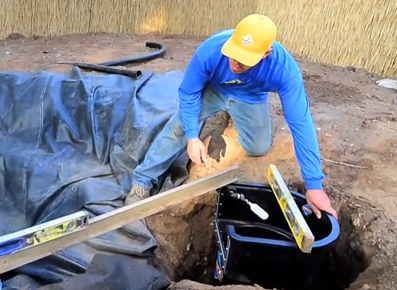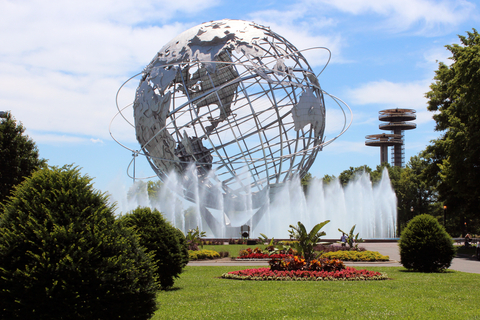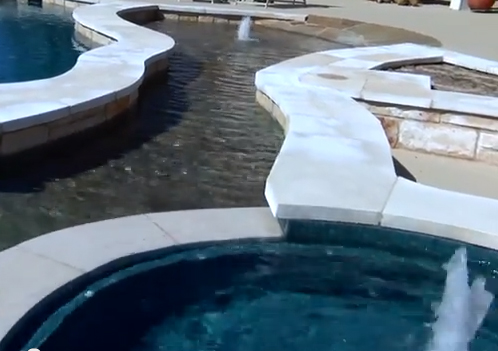ARTICLES
Advance Search
Aquatic Health
Aquatic Health, Fitness & Safety
Around the Internet
Aquatic Culture
Aquatic Technology
Artful Endeavors
Celebrity Corner
Life Aquatic
Must-See Watershapes
People with Cameras
Watershapes in the Headlines
Art/Architectural History
Book & Media Reviews
Commentaries, Interviews & Profiles
Concrete Science
Environment
Fountains
Geotechnical
Join the Dialogue
Landscape, Plants, Hardscape & Decks
Lighter Side
Ripples
Test Your Knowledge
The Aquatic Quiz
Other Waterfeatures (from birdbaths to lakes)
Outdoor Living, Fire Features, Amenities & Lighting
Plants
Ponds, Streams & Waterfalls
Pools & Spas
Professional Watershaping
Structures (Editor's Notes)
Travelogues & History
Water Chemistry
WaterShapes TV
WaterShapes World Blog
Web Links
Around the Internet
Aquatic Culture
Aquatic Technology
Artful Endeavors
Celebrity Corner
Life Aquatic
Must-See Watershapes
People with Cameras
Watershapes in the Headlines
It's that time of year again, planning for Thanksgiving and family fun on the one hand while simultaneously getting ready for the International Pool|Spa|Patio Expo and an altogether different sort of family fun on the other. For the former, we'll have an unusually full house this year, with both of my brothers and at least one and possibly two of my three sisters here with their families and significant others in tow. I'd like to think they're coming to see how their brother, a vegetarian for 40 years, does in preparing
It's that time of year again, planning for Thanksgiving and family fun on the one hand while simultaneously getting ready for the International Pool|Spa|Patio Expo and an altogether different sort of family fun on the other. For the former, we'll have an unusually full house this year, with both of my brothers and at least one and possibly two of my three sisters here with their families and significant others in tow. I'd like to think they're coming to see how their brother, a vegetarian for 40 years, does in preparing
The task highlighted in the video linked below - that is, the process of setting and leveling the skimmer - is right up there at the top of the list when it comes to determining the success or failure of a pond-installation project. In fact, it may be the most important of all with respect to aesthetics, because it's what sets the pond's water level and has a huge amount to do with how things will look to people who approach the water's edge. We don't do the digging for this part of the installation until
The task highlighted in the video linked below - that is, the process of setting and leveling the skimmer - is right up there at the top of the list when it comes to determining the success or failure of a pond-installation project. In fact, it may be the most important of all with respect to aesthetics, because it's what sets the pond's water level and has a huge amount to do with how things will look to people who approach the water's edge. We don't do the digging for this part of the installation until
The task highlighted in the video linked below - that is, the process of setting and leveling the skimmer - is right up there at the top of the list when it comes to determining the success or failure of a pond-installation project. In fact, it may be the most important of all with respect to aesthetics, because it's what sets the pond's water level and has a huge amount to do with how things will look to people who approach the water's edge. We don't do the digging for this part of the installation until
I started to appreciate the fact that my Aunt Genevieve was one of the coolest women in the whole wide world in the Spring of 1964. In the days just after the New York World's Fair opened that April - while the networks and newspapers were still agog about one pavilion or another and how amazing the whole scene was - she sent a small package to me in California containing an embossed, gold-leafed invitation, a fair ticket and a keychain with a medal depicting the Unisphere attached to it. Even at eight years old, I knew my aunt was
I started to appreciate the fact that my Aunt Genevieve was one of the coolest women in the whole wide world in the Spring of 1964. In the days just after the New York World's Fair opened that April - while the networks and newspapers were still agog about one pavilion or another and how amazing the whole scene was - she sent a small package to me in California containing an embossed, gold-leafed invitation, a fair ticket and a keychain with a medal depicting the Unisphere attached to it. Even at eight years old, I knew my aunt was
This video is a great example of the phenomenon known as "mission creep": We started out with a discussion of what's involved in making a residential swimming pool and spa accessible to someone who uses a wheelchair - a good and worthy subject on its own - but the project so perfectly illustrates a couple of additional points that we kept the camera rolling. The video covers one specific ramp in fine detail, but I want to stress two more general points about planning for wheelchair access: First, a properly sloped ramp
This video is a great example of the phenomenon known as "mission creep": We started out with a discussion of what's involved in making a residential swimming pool and spa accessible to someone who uses a wheelchair - a good and worthy subject on its own - but the project so perfectly illustrates a couple of additional points that we kept the camera rolling. The video covers one specific ramp in fine detail, but I want to stress two more general points about planning for wheelchair access: First, a properly sloped ramp
I've done an awesome amount of painting in the past six months - two bedrooms, two hallways, a den, a kitchen, a utility room and our living room as well as the outside of the front door. I won't count the two bathrooms, because I painted them last year: They looked so good that the pressure mounted to bring everything else up to speed. I learned two invaluable lessons along the way. First, having the right
















